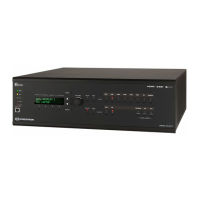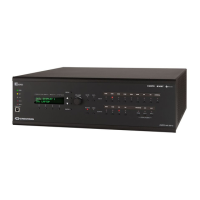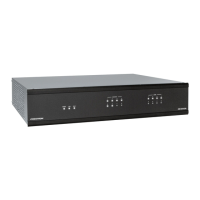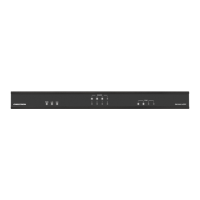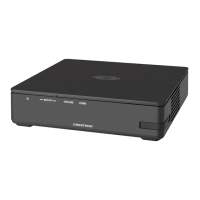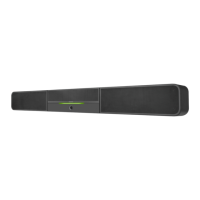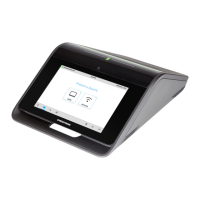Product Manual — Doc. 9045M DM NAX® • 458
when the source or volume for one zone in the bus is adjusted, all other zones in that bus receive the
same adjustment. You can create a single output bus on the DM-NAX-AMP-X300.
Configure Bussing
1. If needed, enter a friendly name for each bus in its Name field.
2. Select any number of zones from the Included Zones drop-down menu.
Inputs
The Inputs section is used to configure the Name, Compensation, and Mute attributes of the available
analog, digital, and media streaming inputs on the DM-NAX-AMP-X300.
1. If needed, enter a friendly name for each input in its Name field.
2. To set a level compensation adjustment for a given input, do one of the following:
l
Move the Compensation slider up to increase or down to decrease the compensation.
Compensation increases or decreases the level of the incoming audio signal on any of the
physical inputs on the device's rear panel.
l
Click the db arrows to increase or decrease the compensation. Values range from -10dB to
10dB, adjustable in increments of 1dB.
l
Manually enter a value in the Compensation field.
3. To mute the signal from the corresponding input, click the Mute button. To disable the mute, click
the Muted button. By default, Mute is disabled.
Monitor the device's input signals using the indicators in the Signal Present and Clipping Detected rows:
l
Signal Presence indicates whether or not a signal is detected in that zone.
l
Clipping Detected indicates if the signal is Clipping or Nominal (non-clipping).
NAXStreams
Each local input of the DM-NAX-AMP-X300 can be made available as a DMNAX audio-over-IP stream.
The DM-NAX-AMP-X300 also supports parallel DMNAX streams for each zone output, enabling an
additional transmit stream per output to mirror all routes and DSP settings of its respective zone. These
parallel streams enable control of the audio signal to third-party uncontrolled AES67 devices receiving
audio from the DM-NAX-AMP-X300.
NOTES:
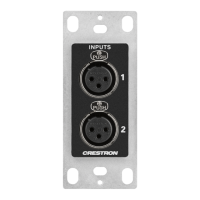
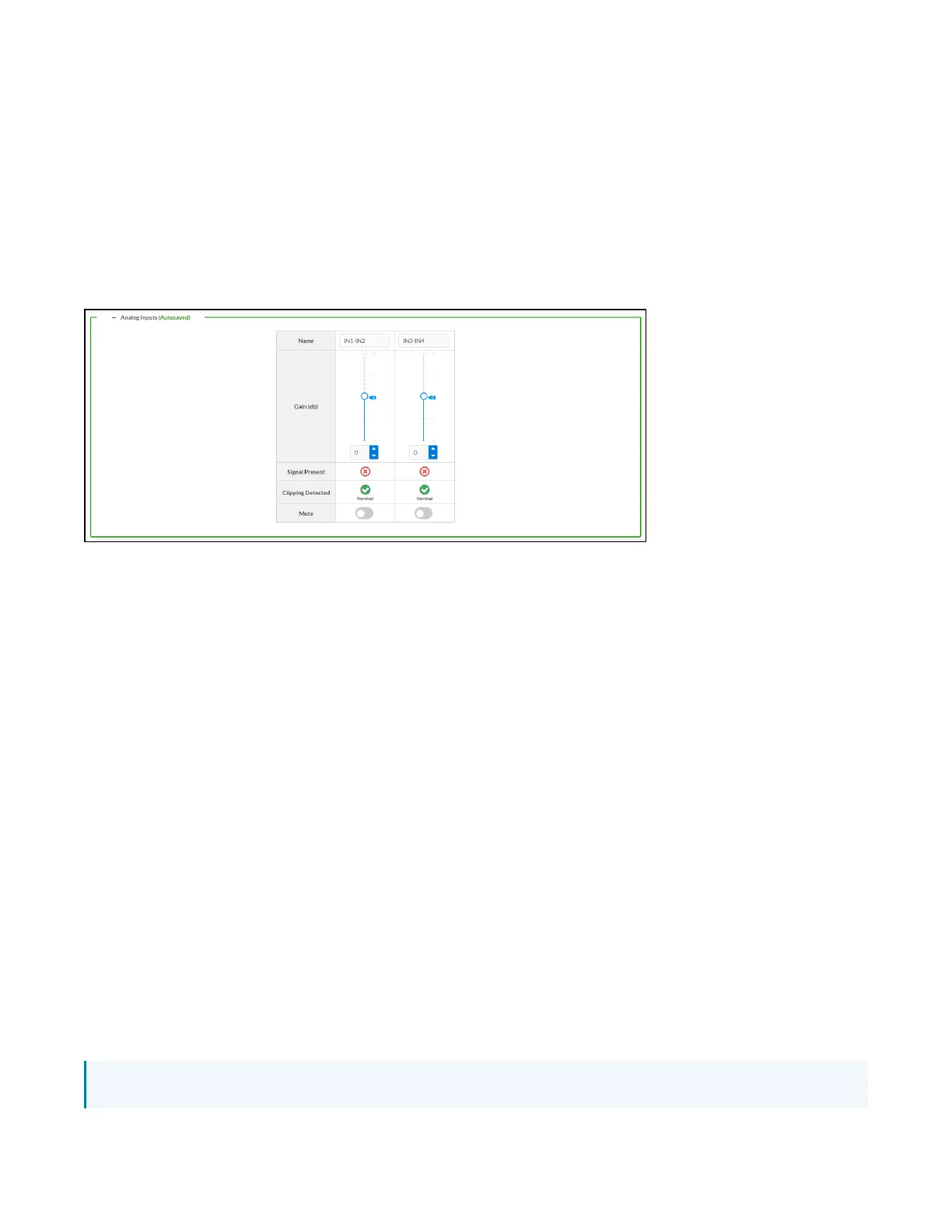